Roberto Bava owner of Cocchi is known for leading a movement to revive vermouth, transforming it from a product once considered extinct into a contemporary, trendy drink favoured by a new generation of bartenders.
Roberto Bava is head of his family-owned Giulio Cocchi winery, a boutique house of premium sparkling wines, Italian vermouth, and aperitifs situated in Asti, in Italy’s Piemonte wine region.
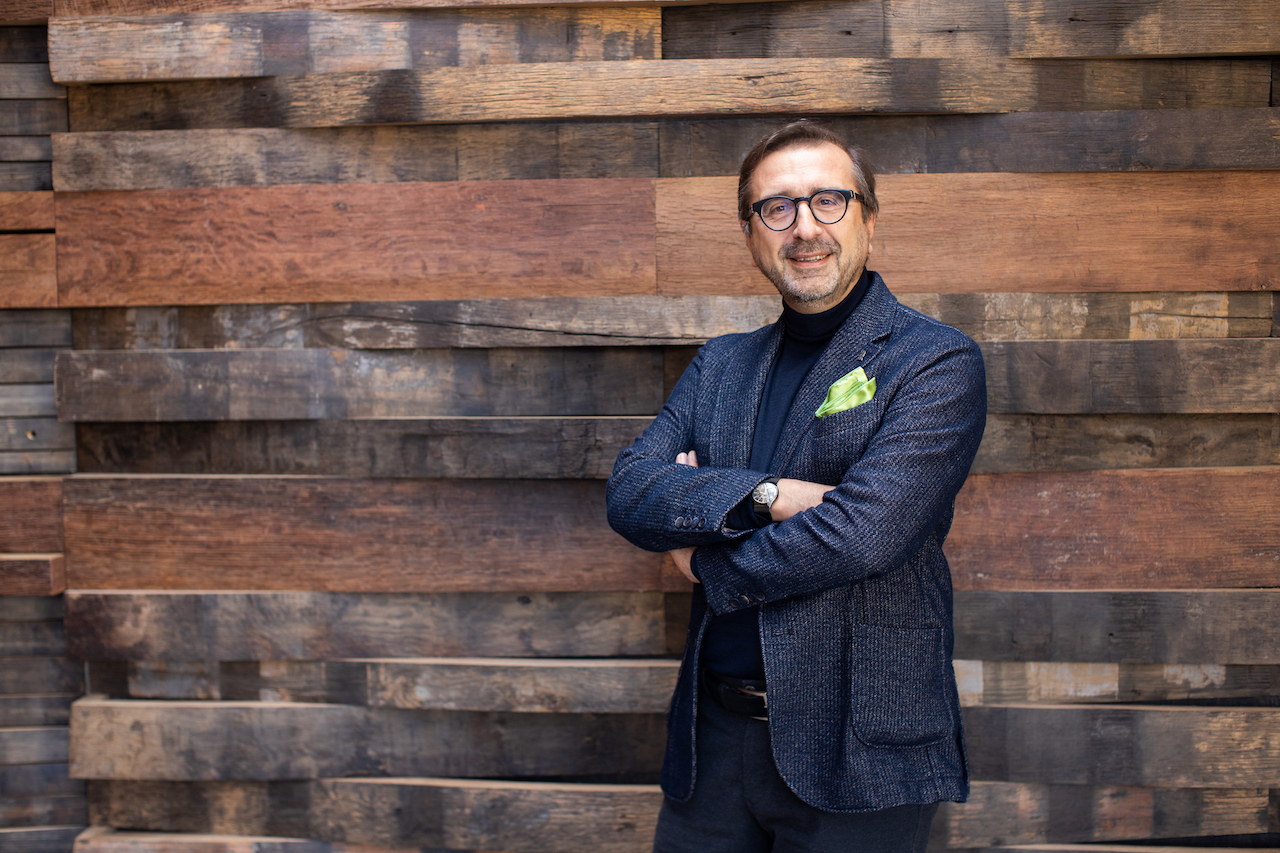
He is best known for bringing back the “di Torino” appellation for authentic premium vermouth, sparking the industry to push for the European IGP (Protected Geographical Indication) status for the product. Since 2019, Roberto has been President of the Vermouth di Torino Consortium of Producers, which oversees and regulates this category.
He sought to relaunch a high-quality product that is as good as the traditional, original versions of the past, imprinted with the Torino label, where it all began.
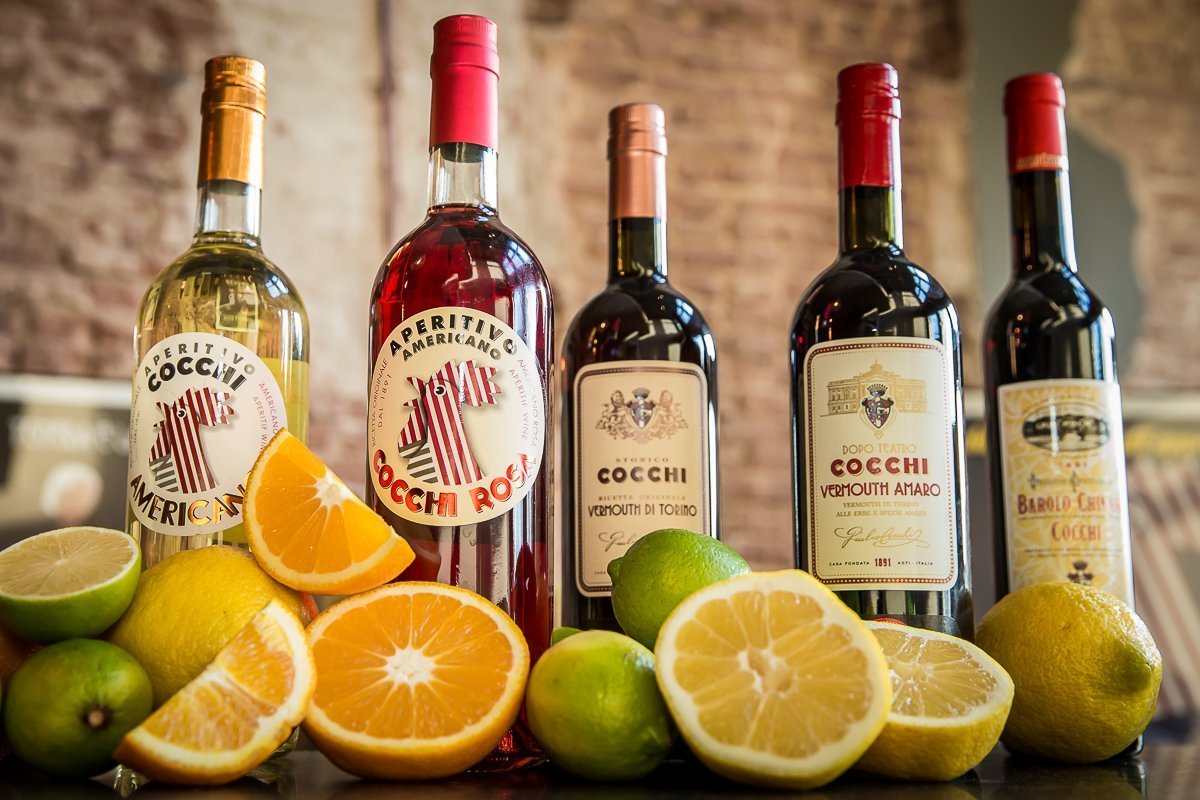
Today, Roberto continues to be an advocate for the Italian wine and aperitivo culture around the world. Thanks to his efforts in seeking authenticity, he has managed to save and relaunch obsolete products like Barolo Chinato, an aromatised wine produced with Barolo DOCG, and enriched with cinchona calisaya bark, rhubarb and gentian root, and cardamom seeds. Roberto believes this wine is the perfect companion to dark chocolate. Giulo Cocchi is also known for another aromatised wine – Cocchi Americano. Created in 1891, it has been produced without interruption according to the original recipe.
Together with his brothers and family, he also runs the Bava Winery, which produces both classic and innovative wines in the Barolo and Asti areas. In another chapter of his life, Roberto served as national president of the Italian Chocolate Society to promote the origins and quality of chocolate. He shares more about his journey with vermouth and the Italian drinking culture.
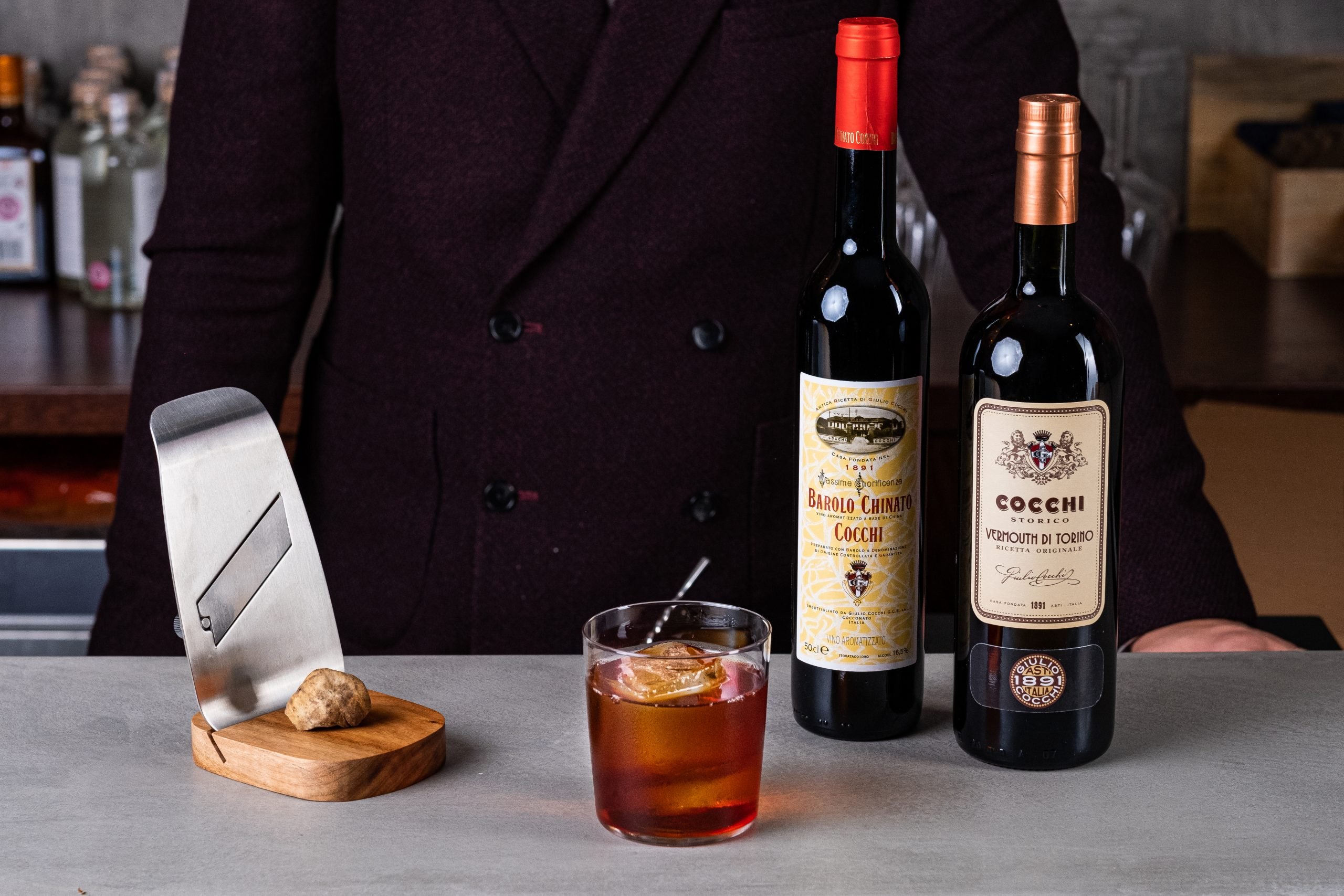
How did your passion for vermouth come about?
Cocchi [133 years old] is one of the oldest producers of Italian aromatised wines; it makes sense to love vermouth which is the best known of the family. When we relaunched our old vermouth di Torino 14 year ago, it became a love at first sight for me.
How is vermouth enjoyed in Italian culture?
In the early 20th century, vermouth was typically enjoyed neat, often garnished with a citrus peel. Over time, it became an essential ingredient in cocktails, particularly in the United States. Recently, with the revival of the Vermouth di Torino appellation, there’s been a return to enjoying it straight and chilled, thanks to the high-quality standards that have been reintroduced.
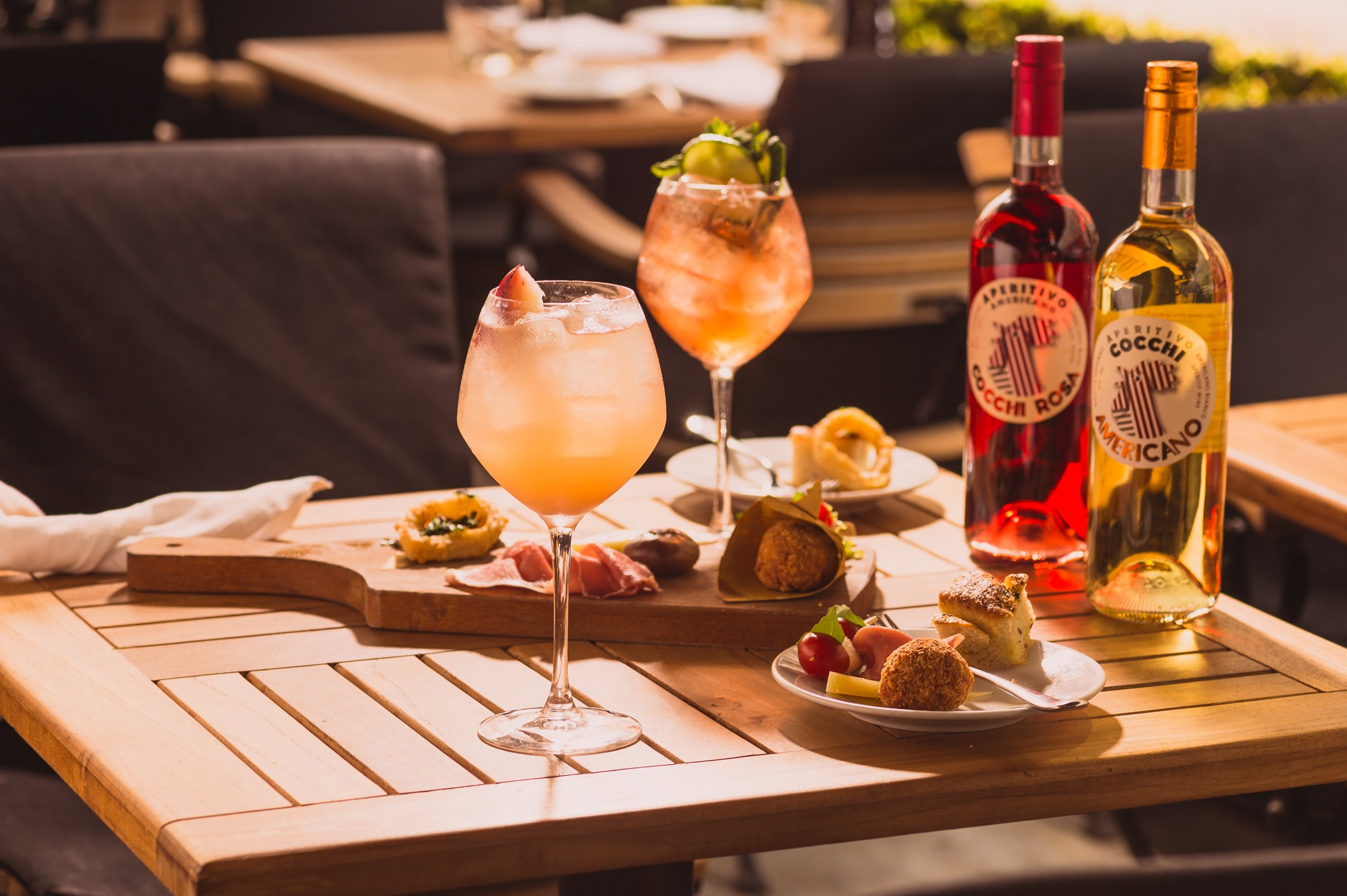
You were instrumental in getting the European Union to recognise Vermouth di Torino as an official EU designation. What inspired you to start this?
You win a battle alone, but to win the war you need an army. It was important to have our colleague producers – the “industry” – together to get the law approved. So we founded the Consorzio Vermouth Torino with the first 15 producers to appeal for Vermouth di Torino as an official EU designation. For Italians, this is the best way to protect quality. In 2019, the European Union recognised the Vermouth di Torino as an IGP.
The Vermouth di Torino has clear guidelines: it must be made in Piedmont using only Italian wines. It must be bittered mainly with Artemisia (wormwood) and for bottling, it needs to be at 16% and 22% ABV. The list for the guidelines is long, but it also includes that flavour must be “soft” and with balanced bitter components.
There is also a Vermouth di Torino Superiore category that indicates the vermouth must be made with at least 50% Piedmont wines and flavoured with herbs (not just the wormwood). All must be grown and harvested in Piedmont. It has been like a little miracle, and today we are the only vermouth with an indication of origin IGP in the world, with a guarantee of control and protection.
During Cocchi’s 120th anniversary in 2011, you decided to bring back vermouth. What made you do it?
Cocchi has the attitude of archaeologists saving old products and give a new life. I discontinued it in the 1980s as the economic situation was difficult then…but I thought it was about time, as a way of saving tradition and old recipes. The 120th anniversary was the occasion to come back to its production. I never knew it’d be a success!
Vermouths are still relatively unknown in Asia today. Why?
The cocktail culture in Asia has seen tremendous growth over the past decade, and it’s only a matter of time before vermouth gains wider recognition. Vermouth’s blend of European and Asian botanicals gives it unique aromas and flavours, from extra dry to sweet. Its versatility makes it ideal for the region — served with ice and soda, it’s perfect for both Mediterranean and tropical climates. Plus, its lower alcohol content and refreshing character make it an appealing choice for hot weather, hydrating while retaining complexity and flavour.
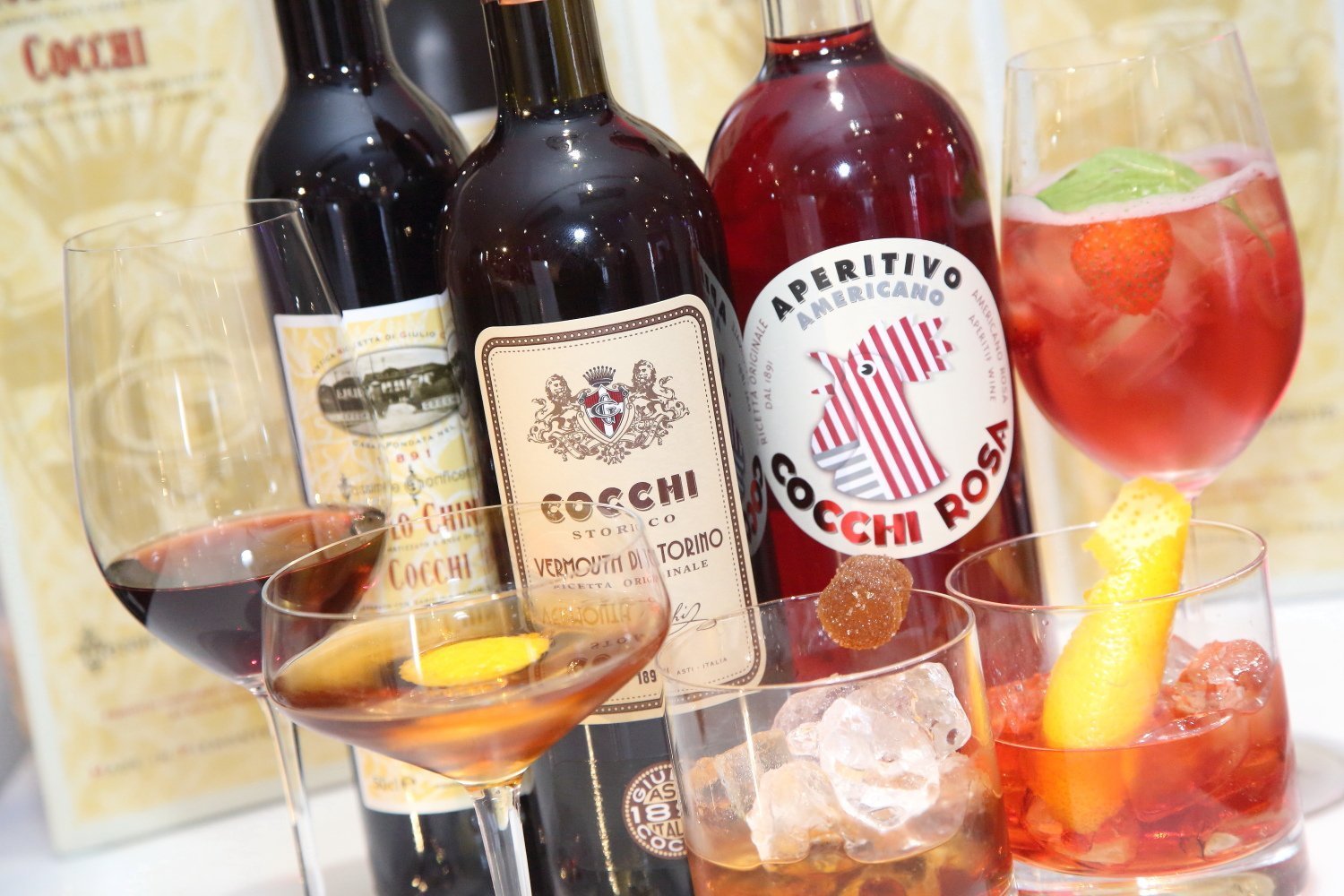
Can you share your experiences with food and vermouth pairings?
What is your favourite pairing, and why? If you’re used to wine pairings, vermouth opens up a whole new world of possibilities. It offers more character, often leaning sweeter or more bitter, which makes pairing exciting and unconventional. In Asian cuisine, where spices, herbs, seeds, flowers, and fruits are prominent, Vermouth’s botanical notes can complement dishes in surprising ways. I love pairing Vermouth with chocolate and at the inaugural wine event, Great Palate 2024, I invited Chocolate Master Giovanni Battista Mantelli from Venchi chocolate and we explored pairings such as Cocchi Barolo Chinato with Venchi Chococaviar Arancia Sicilian Orange, Cocchi Dopo Teatro with Venchi Granblend Nibs 77%, Cocchi Americano Rosa with Venchi Granblend Fruttato Raspberry & Nibs and Cocchi Americano with Venchi White
